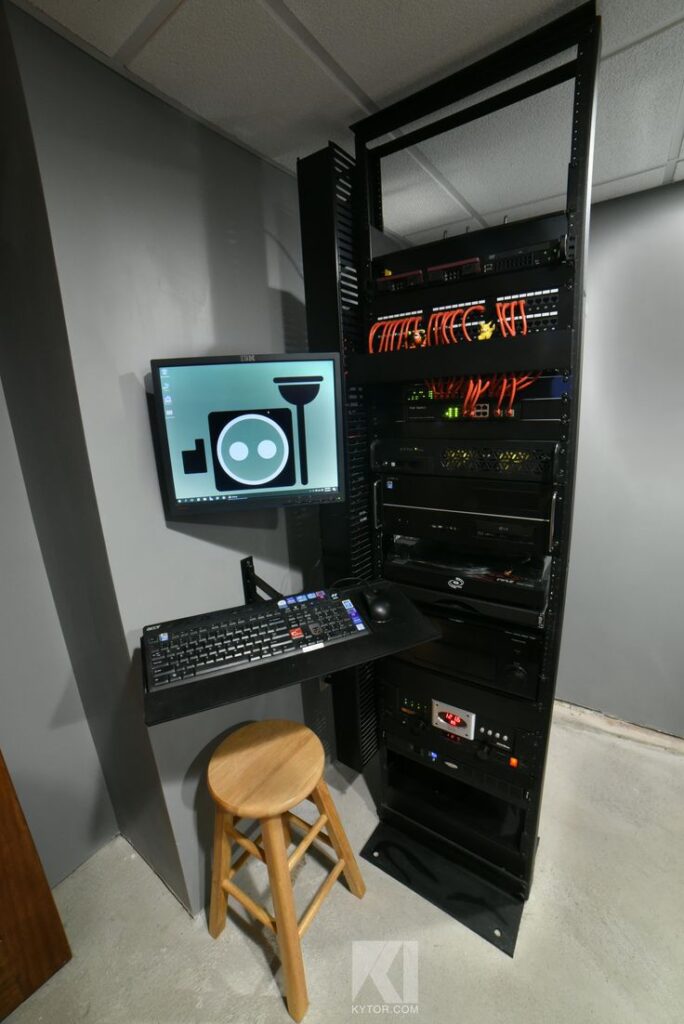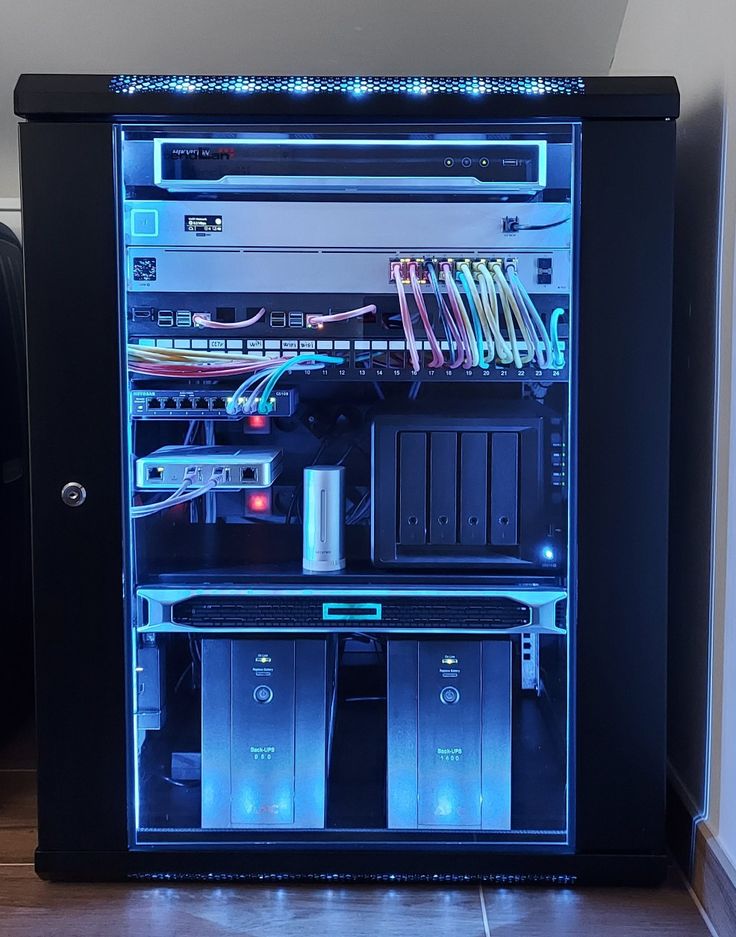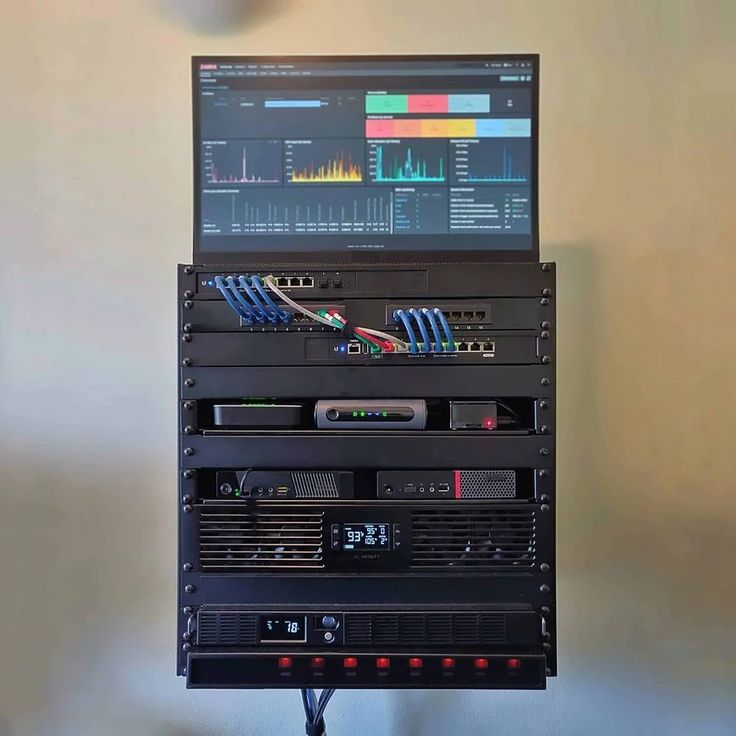
In the vast landscape of digital possibilities, creating your own home server can be a game-changer. It’s a venture into the realm of control, security, and a touch of DIY magic. In this guide, we’ll dive into the nitty-gritty details of setting up your personal server, exploring the fascinating world of command line interfaces, and the art of securing your digital fortress.
Mastering the Command Line Interface (CLI)
Unveiling the CLI Magic
Embarking on the journey of setting up a home server demands a rendezvous with the command line interface (CLI) and an SSH client. Picture it as your backstage pass to the inner workings of your devices. The CLI, akin to a VPN, offers secure remote control, granting access to a computer rather than the entire internet.
Windows Wonders 💻
Windows 10, your digital canvas, comes with a native CLI. However, it might be in stealth mode. Fear not! To unveil it, follow these steps:
- Go to Settings > Apps.
- Click Manage optional features under Apps & features.
- Install the SSH client by clicking “Add a Feature” and selecting “OpenSSH Client.”
- Launch PowerShell by right-clicking the Start Menu or pressing Windows+X, then selecting PowerShell.
Once in the PowerShell realm, type in SSH, and voila! You’re set for the CLI adventure.
Mac OS Maverick 🍎
For the Apple enthusiasts, opening the terminal is your gateway to the CLI wonderland. Whether it’s through Spotlight, Launch Pad, or Finder, find your terminal and let the CLI journey begin.
Linux Luminary 🐧
Linux, the open-source marvel, beckons you to the command line with Ctrl+Alt+T. Embrace the power it holds and let the CLI become your ally.
Pro Tips for the CLI Expedition
- Copy/paste Magic: Ctrl+C and Ctrl+V won’t cut it, but Ctrl+Shift+C and Ctrl+Shift+V will.
- Arrow Navigation: Cruise through executed commands with up/down arrows.
- One-Dimensional Explorer: Treat the CLI like a one-dimensional file explorer. Use ls to see files and cd to navigate directories.
Journey to the Virtual Private Server (VPS)

Choosing Your Digital Canvas
Any server will suffice, even an old laptop or a humble Raspberry Pi. For this journey, we recommend a Virtual Private Server (VPS). Meet Lunanode, our trusted companion in this digital odyssey. Alternatively, Cryptohost and Njal.la await as worthy alternatives.
Signing Up for the Odyssey
To join the ranks of server owners, follow these steps:
- Sign up with Lunanode, verifying your email and phone number.
- Choose your country, set a password, and deposit Bitcoin or add a credit card.
- Opt for the m2 server at US$7 per month, and enhance it with 80GB of storage for an extra $2.7 per month.
Crafting the Digital Key
Unveiling Your Digital Key 🔑
Securing your server involves the creation and addition of an SSH key. Here’s how:
- For Windows, use the SSH client (as explained earlier) and locate your key at C:\Users\YourUserName.ssh\id_rsa.pub.
- Mac OS users, create an SSH key using the command ssh-keygen -o -b 4096 -t rsa and find it under ~/.ssh/id_rsa.pub.
- Linux aficionados, open a terminal and create your SSH key with ssh-keygen -o -b 4096 -t rsa. Locate it under ~/.ssh/id_rsa.pub.
Adding Your Digital Signature 🖊️
In your Lunanode dashboard:
- Navigate to ‘SSH Keys’ on the left side.
- Give your SSH key a name and paste the contents into the public key field.
- Click ‘Add SSH Keypair,’ and witness your key join the ranks.
Summoning Your Virtual Machine
Breathing Life into Your Digital Entity
Click on ‘Create VM’ in your Lunanode dashboard, choose a location, plan, and OS. Name your creation – ours is Torontola. Add your keypair, and there it is, your virtual entity ready for action.

Crossing the Digital Threshold
Under ‘virtual machine,’ find your instance, click its name, and note its external IP address. Open a Terminal window and execute:
bashCopy code
ssh ubuntu@your_external_IP
Confirm the authenticity, and you’re in!
Fortifying Your Digital Fortress
Erecting the Digital Walls 🏰
Protect your server with Ufw (uncomplicated firewall):
- Confirm Ufw existence with sudo ufw status.
- Install Ufw with sudo apt install ufw if needed.
- Enable SSH with sudo ufw allow ssh.
- Activate the firewall with sudo ufw enable.
Keeping the Digital Arsenal Updated
Run the following commands to keep your server up to date:
bashCopy code
sudo apt update sudo apt upgrade
Congratulations! Your digital fortress is secure and up to date.
Ready to Dive Deeper?
Explore more tech wonders and stay updated with the latest in the digital realm. Visit ForestVPN Blog for a treasure trove of insights, tips, and tricks.
Vpn secure client software free download
Looking for a reliable VPN client to enhance your digital security? Discover the power of secure browsing with ForestVPN. Download our VPN client for free and embark on a journey to a safer digital space. Your security, your rules.
FAQs
1. Can I use any server for this setup?
Absolutely! Whether it’s an old laptop or a dedicated Virtual Private Server (VPS), the choice is yours.
2. Why Lunanode for a VPS?
Lunanode stands out for its ease of sign-up, Bitcoin acceptance, and reliability, making it an ideal companion for your digital journey.
3. Is an SSH key necessary?
Yes, it adds an extra layer of security to your server. Think of it as a digital key to your private kingdom.
4. Any alternatives to Lunanode?
Certainly! Cryptohost and Njal.la are worthy alternatives, offering different features and privacy levels.
5. Can I set up a server without a CLI?
While it’s possible with certain platforms, embracing the CLI unlocks a realm of possibilities and control.
